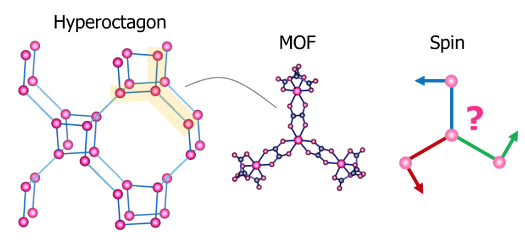2024-04-12 カリフォルニア大学リバーサイド校(UCR)
<関連情報>
- https://news.ucr.edu/articles/2024/04/12/physicists-solve-puzzle-about-ancient-galaxy-found-webb-telescope
- https://iopscience.iop.org/article/10.3847/2041-8213/ad394b
強い重力レンズ天体JWST-ER1の冷たいダークマターと自己相互作用ダークマターの解釈 Cold Dark Matter and Self-interacting Dark Matter Interpretations of the Strong Gravitational Lensing Object JWST-ER1
Demao Kong, Daneng Yang, and Hai-Bo Yu
The Astrophysical Journal Letters Published: 2024 April 11
DOI:10.3847/2041-8213/ad394b

Abstract
van Dokkum et al. reported the discovery of JWST-ER1, a strong lensing object at redshift z ≈ 2, using data from the James Webb Space Telescope. The lens mass within the Einstein ring is 5.9 times higher than the expected stellar mass from a Chabrier initial mass function, indicating a high dark matter density. In this work, we show that a cold dark matter halo, influenced by gas-driven adiabatic contraction, can account for the observed lens mass. We interpret the measurement of JWST-ER1 in the self-interacting dark matter scenario and show that the cross section per particle mass σ/m ≈ 0.1 cm2 g−1 is generally favored. Intriguingly, σ/m ≈ 0.1 cm2 g−1 can also be consistent with the strong lensing observations of early-type galaxies at redshift z ≈ 0.2, where adiabatic contraction is not observed overall.



